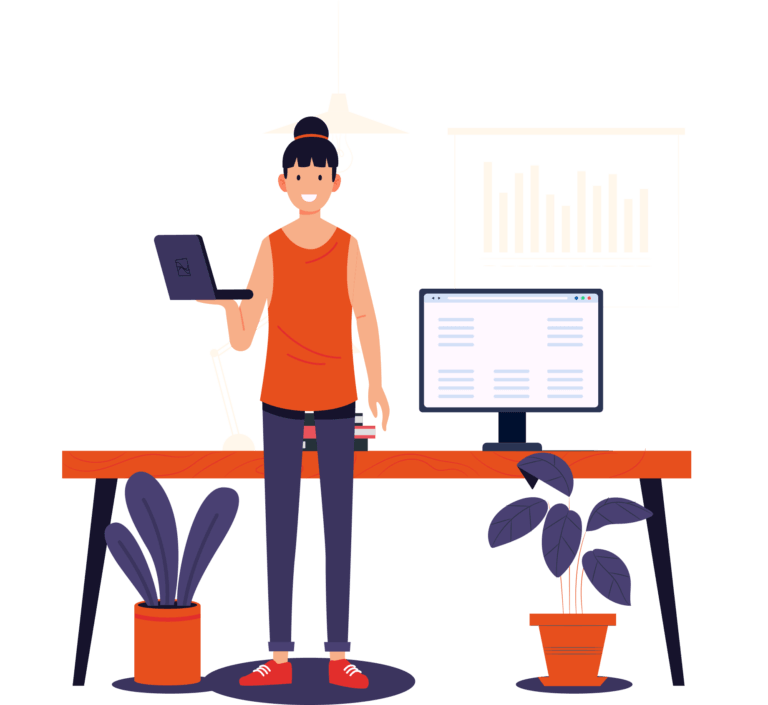Better customer experience, better business
The customer experience is about the interactions a customer has with your brand across every channel in-store, online, via an app, over chat, etc. In retail and ecommerce creating a seamless, omnichannel experience becomes even more important as the line between online and offline has blurred. Customers expect a personalized and relevant customer experience and brands that deliver this can expect an increase in engagement, loyalty and profitability.
Turn customer insights into action
Insights without action mean no added business value. That’s why this is the most crucial step: to turn data into a better and more profitable customer experience. This is one of the advantages of a CDP; the unified data directly becomes available to other systems such as an ERP, PoS, CMS, CRM, advertising platforms and a marketing automation system. This means that you can act instantly, based on the insights you get.
Trusted by some of the biggest companies in the industry.
Boost engagement & loyalty
Increase your customer lifetime value. Deliver an automated and relevant customer experience across multiple channels, making sure that the customers get the right message at the right time.
Maximize upsell and cross-sell
Put upsell and cross-sell of products and services on autopilot. Know who to target, with what offer and when and let it run automatically.
Rocket your conversion rate
Get to know your customers in depth and increase your conversion rates, by delivering real-time and relevant communication.
Deliver a holistic customer experience
Combine offline and online data to get a 360° customer view. Create a seamless and personalized omni-channel customer experience.
Trusted by many












Get a 360° view of your customer journey
Data Talks CDP lets you build customer loyalty and deliver an outstanding customer experience. How? By creating a 360° view of your customer journey. With Data Talks Customer Data Platform (CDP), you can unify data from almost any source. Check out a few examples of what kind of data you can store in a CDP, so you get a taste of what is possible:
Personal data
Name, email, address, phone number, and more.
Behavior
What is the customer used to purchase, when and where? E.g. products, services, webshop, in-store, webrooming or showrooming.
Demographic data
Age, gender and family status.
Purchase
What category, model and size does the customer buy? Does the customer only buy for herself or for others (like her kids) too? Is the customer a returning customer?
Engagement data
How loyal is the customer? Does he or she like your brand on social media, share articles and comment on the news? Have they signed up for your email list or membership?
In-store data
In which store does the customer make purchases most frequently? Does the customer purchase different products/services online and in-store?
See How Much Money You Can Make
with Data Talks CDP
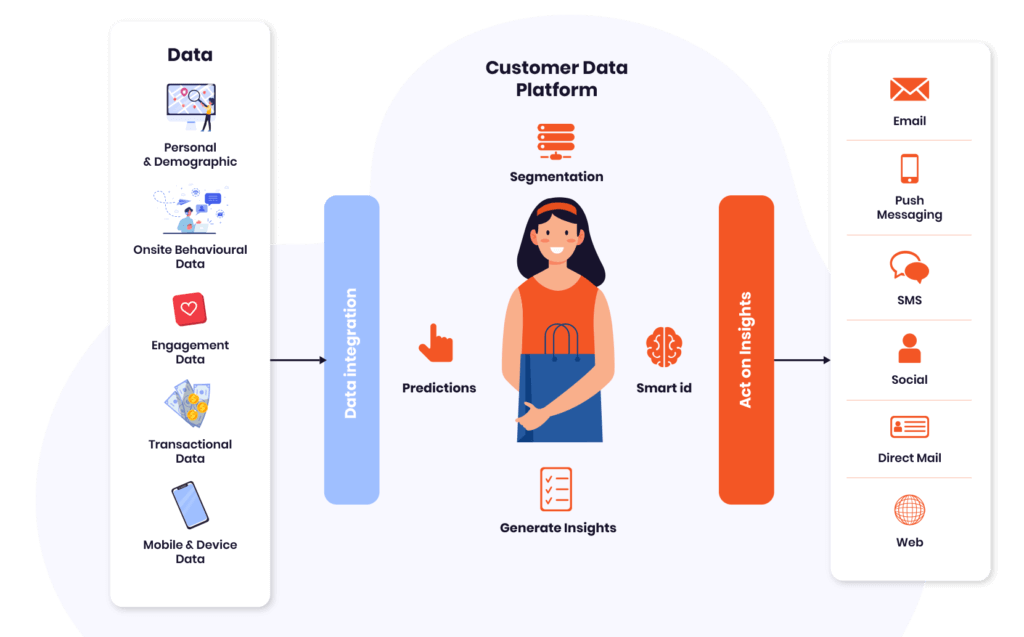
Visualize your data and identify patterns
Use your data to deliver a world-class customer experience. Data Talks CDP allows you to see your data in actionable dashboards. This enables you to analyze the data and then proceed to the acting phase. See the example of a retail and e-commerce dashboard in our CDP below.
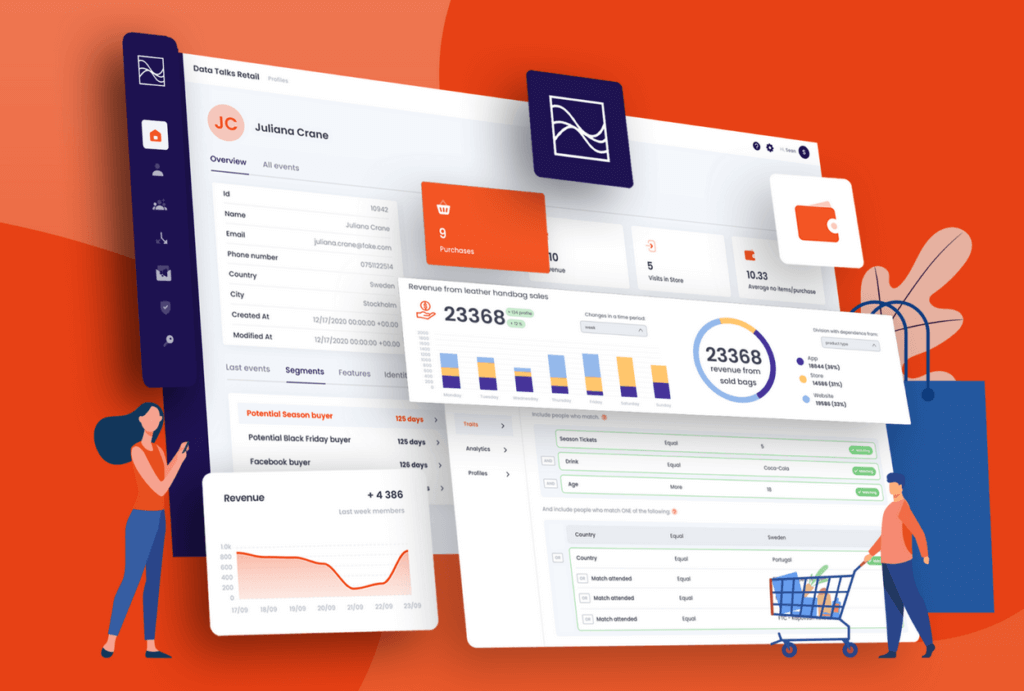
Make data-informed decisions
There have never been more options available to customers than today. To stand above the crowd of competitors, and deliver customer value and a relevant customer experience, you need to leverage and act on your data. This is how you get to know your customers, both online and offline, and enable you to deliver the right communication and offer at the right time. This in turn will help you to build loyalty and avoid churn. See our examples below of how to do that.
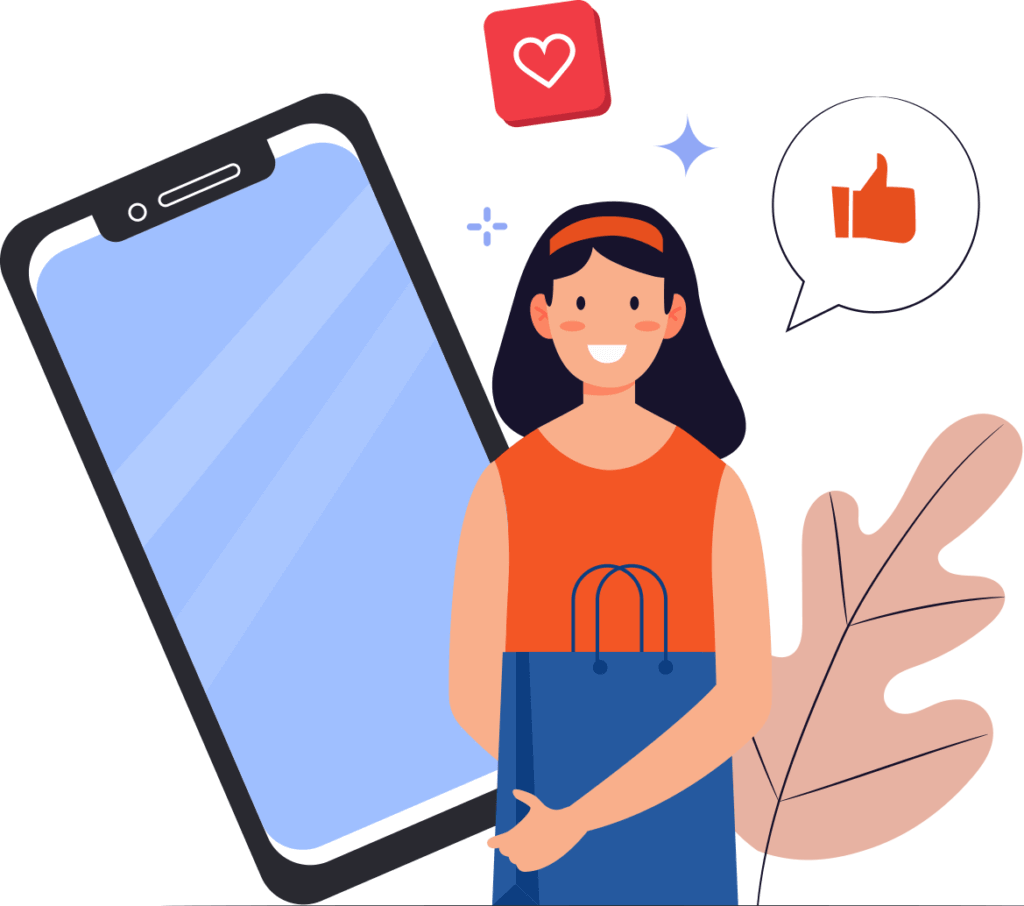
Example 1: Increase your conversion rate by making it personal
If you know what type of products your customer usually buys – for herself, her partner and/or perhaps children – you can be more personal and relevant in your webshop and in-store communication.
For example, you can set up an automatic email sequence with a unique offer that goes out to all first-time buyers who didn’t make a second purchase within three months. This way, you make sure to engage first-time buyers to purchase again.
By talking to customers based on their personal information, behavior and where they are in the customer journey, they will feel like you’re providing a personal and relevant experience for them. This in turn this can lead to higher engagement and increased profits per customer.
Communicate based on behavior
Increase sales
Boost engagement
Build loyalty
Example 2: Optimize assortment and product availability
By collecting data from different sources, both online and in-store, you get a full 360° customer view. This enables you not only to better understand your customers – but also to optimize your assortment, product availability and offers.
For most retailers, the assortment varies online and offline. Many times, it differs in stores as well. By knowing where your customer most often purchases products and what products she tends to buy, you’re able to inform the customer if the products she wants or needs are available online or in a store nearby. This way you deliver a better customer experience and you don’t lose your customer due to a variation in the assortment.
Increase sales
Provide great service
Give a better customer experience
Help customers to complete check out
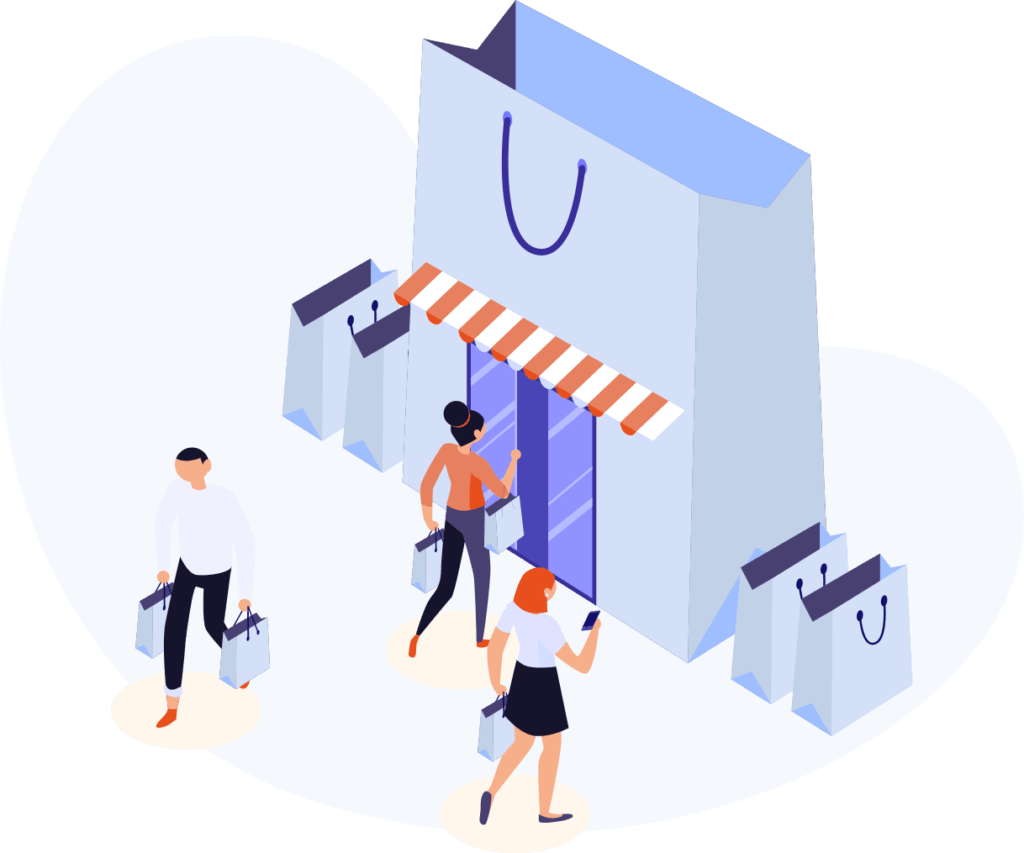

Example 3: Provide aftercare and increase customer lifetime value
Many purchases and products need to be renewed, updated, changed or serviced. If you know what the customer bought, when and how often it needs an update – why not be proactive and remind the customer?
Offer the right information and/or service to assist them in finding the right solution. For example, if you’re selling lenses you can reach out 2 months before the customer will run out of their current stock and provide an offer with the same set of lenses sent to the same address. The customers’ will be grateful that you’re helping them to keep track of when it’s time to make a new purchase, plus they don’t need to remember anything about the purchase (the brand, product type, strength of the lens etc).
The customers purchase history and purchase frequency combined with product information holds value for the customer and profit for you.
Increase customer lifetime value
Boost sales
Build trust
Provide aftercare
Example 4: Increase average spend per customer (with cross-sell and upsell)
What products or services create a natural complement to what you sell today? If you sell furniture and a customer buys a sofa from you, what kind of products or services can you offer as a complement? A rug, pillows or furniture transportation? This is called cross-selling.
Also, encourage your customers to upgrade their purchases. If you sell tickets to football matches, for example, and the buyer purchases a ticket for one match, then you propose an annual ticket so they can watch all the games of the season. When done right, the customers find great value and you in turn greater profits.
This is one way of using predictive analysis and it’s enabled when you’ve collected all data in one place (in a CDP). Then you’re able to analyze and act on specific and relevant data, in various scenarios.
Improve the customer experience
Boost profit
Show dedication and care
Build engagement
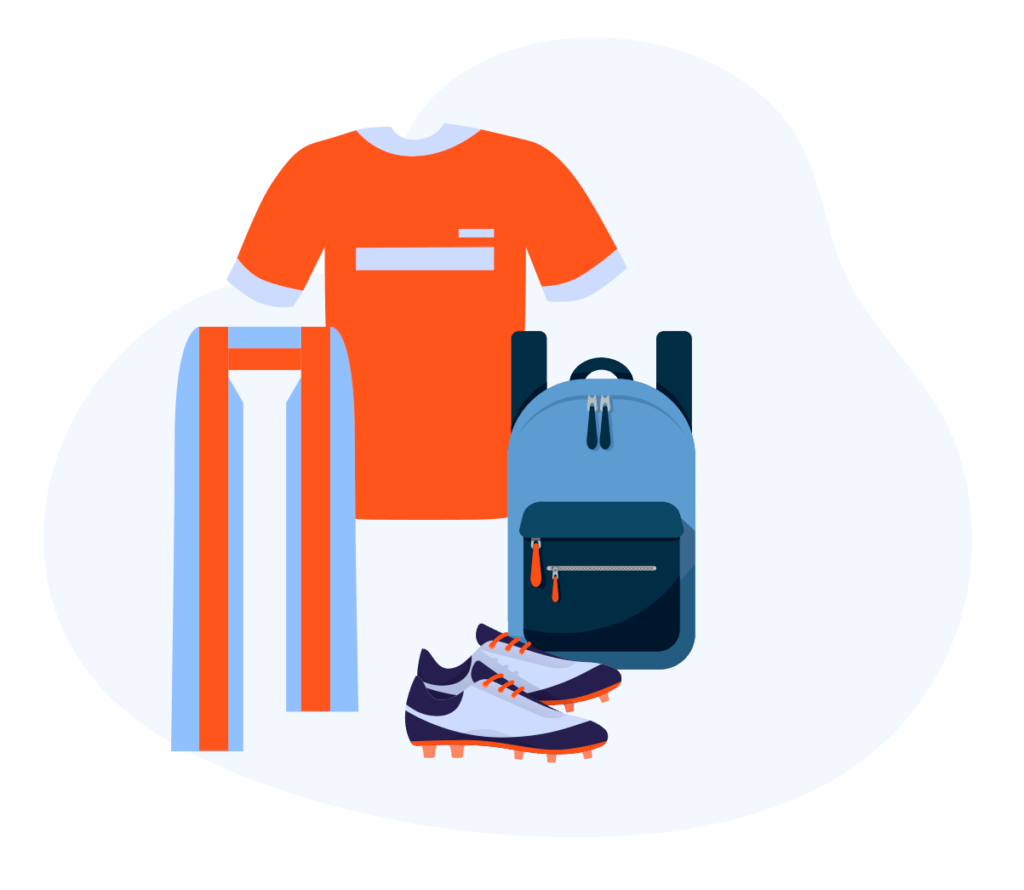
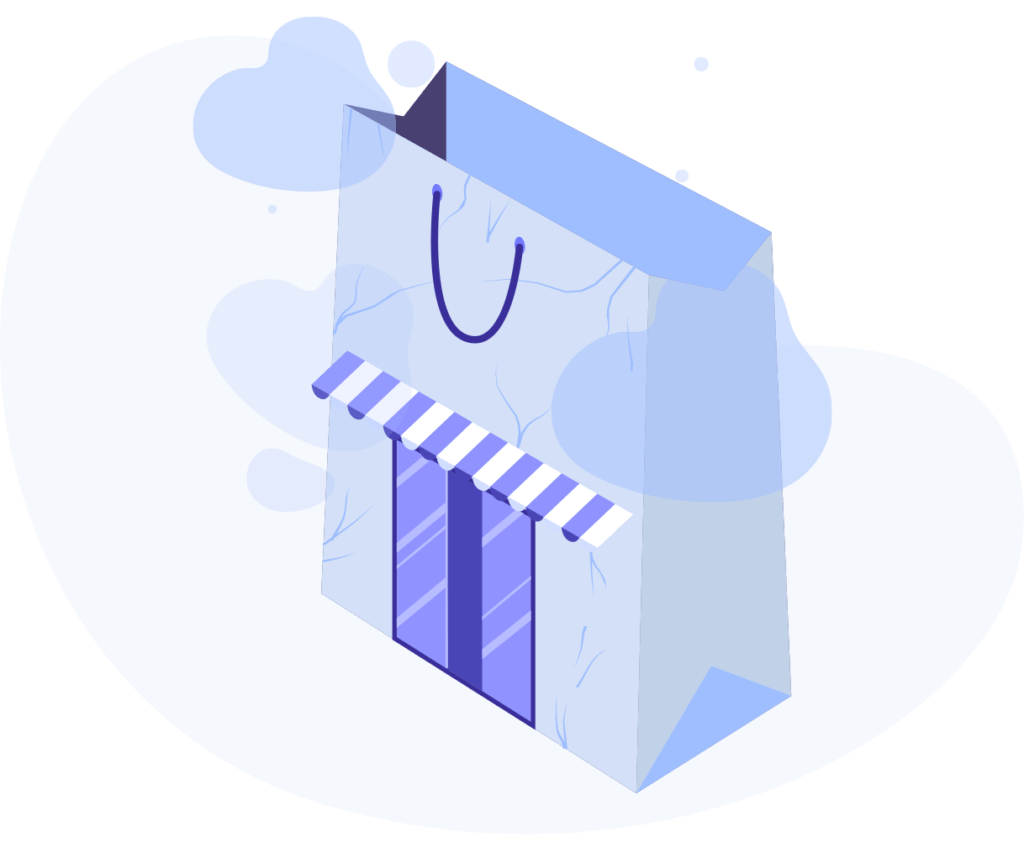
Example 5: Reduce abandoned shopping cart rates
Have you ever added products to a cart and then closed the page because you got distracted or unsure of the purchase? Abandoned shopping carts are a common problem in e-commerce. On average 3 out of 4 abandon their shopping cart.
If a visitor has come to your website, added items to the shopping cart and then left before finalizing the payment – you want to follow up. You can do this by setting up an automatic email that lists the abandoned products and reminds them of the purchase.
You can also encourage check-out completion with an offer. This can be free delivery or a discount. You can also create a feeling of urgency by mentioning how many products of that category you have left. Reduce abandoned cart rates by setting in place automatic and personal campaigns that gets triggered based on customers’ behavior.
Reduce cart abandonment
Increase sales
Improve the overall customer experience
Avoid churn
